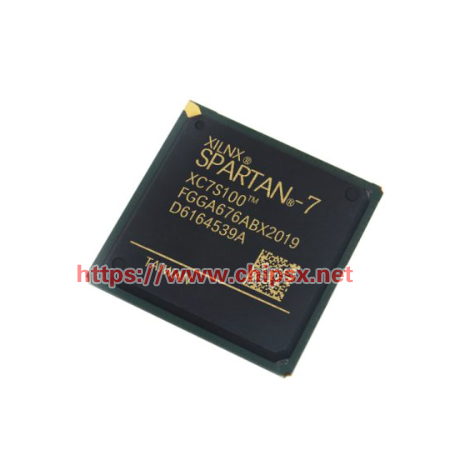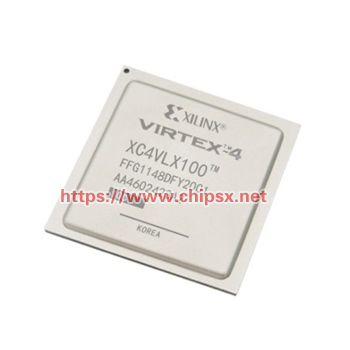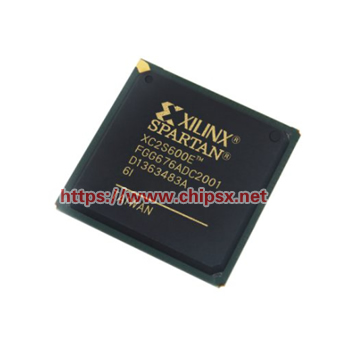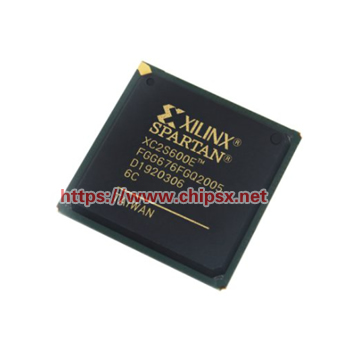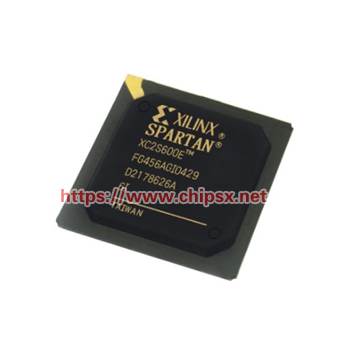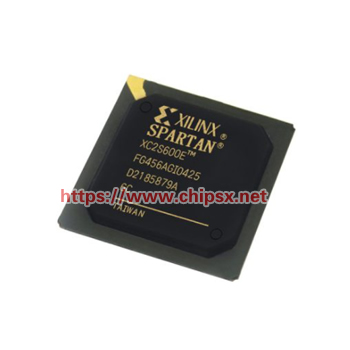The XC7S100-1FGGA676Q is a member of the Xilinx 7 Series Field-Programmable Gate Array (FPGA) family, known for its versatile programmability and widespread applicability across various electronic systems. This article provides a detailed overview of the specifications and common application scenarios for this FPGA.
Specifications:
Series: The XC7S100-1FGGA676Q belongs to the Xilinx 7 Series FPGA family, renowned for its high performance and low power consumption characteristics.
Speed Grade: The "-1" speed grade typically denotes a high-performance rating for this FPGA in general applications. Speed grade impacts the FPGA's clock frequency and latency.
Package Type: FGGA676 signifies the package and pinout of this chip. Its physical dimensions and pin distribution are tailored to suit various application scenarios.
RoHS Compliance: The "Q" suffix indicates compliance with RoHS (Restriction of Hazardous Substances) environmental regulations, ensuring the environmental friendliness of the product.
Application Areas:
The XC7S100-1FGGA676Q FPGA finds extensive use in multiple domains, including but not limited to the following:
Communication Systems: This FPGA is employed in building high-performance communication systems such as base stations, fiber optic communication equipment, and satellite communication terminals. Its programmability allows adaptation to diverse communication protocols and standards.
Image and Video Processing: The XC7S100-1FGGA676Q is suitable for image processing, video encoding/decoding, and camera control applications. It accelerates image processing algorithms, delivering improved image quality and performance.
Industrial Automation: In industrial control systems, this FPGA plays a vital role. It supports tasks like process control, factory automation, and robotics. Its programmable nature enables customization to specific industrial requirements.
Aerospace and Defense: Aerospace and defense applications benefit from the XC7S100-1FGGA676Q's high reliability and adaptability. It is used in radar systems, avionics, and secure communication equipment.
Medical Devices: The FPGA is utilized in medical imaging devices, patient monitoring systems, and medical instrumentation. It aids in real-time data processing and enhances diagnostic capabilities.
Automotive Electronics: In the automotive industry, this FPGA contributes to advanced driver assistance systems (ADAS), infotainment systems, and engine control units (ECUs), offering enhanced safety and performance.
Scientific Research: Researchers employ this FPGA in scientific instruments and data acquisition systems. Its reconfigurability facilitates experimentation and data analysis.
In summary, the XC7S100-1FGGA676Q FPGA is a versatile component with a wide range of applications, owing to its high performance, programmability, and adaptability to various industries and use cases.


